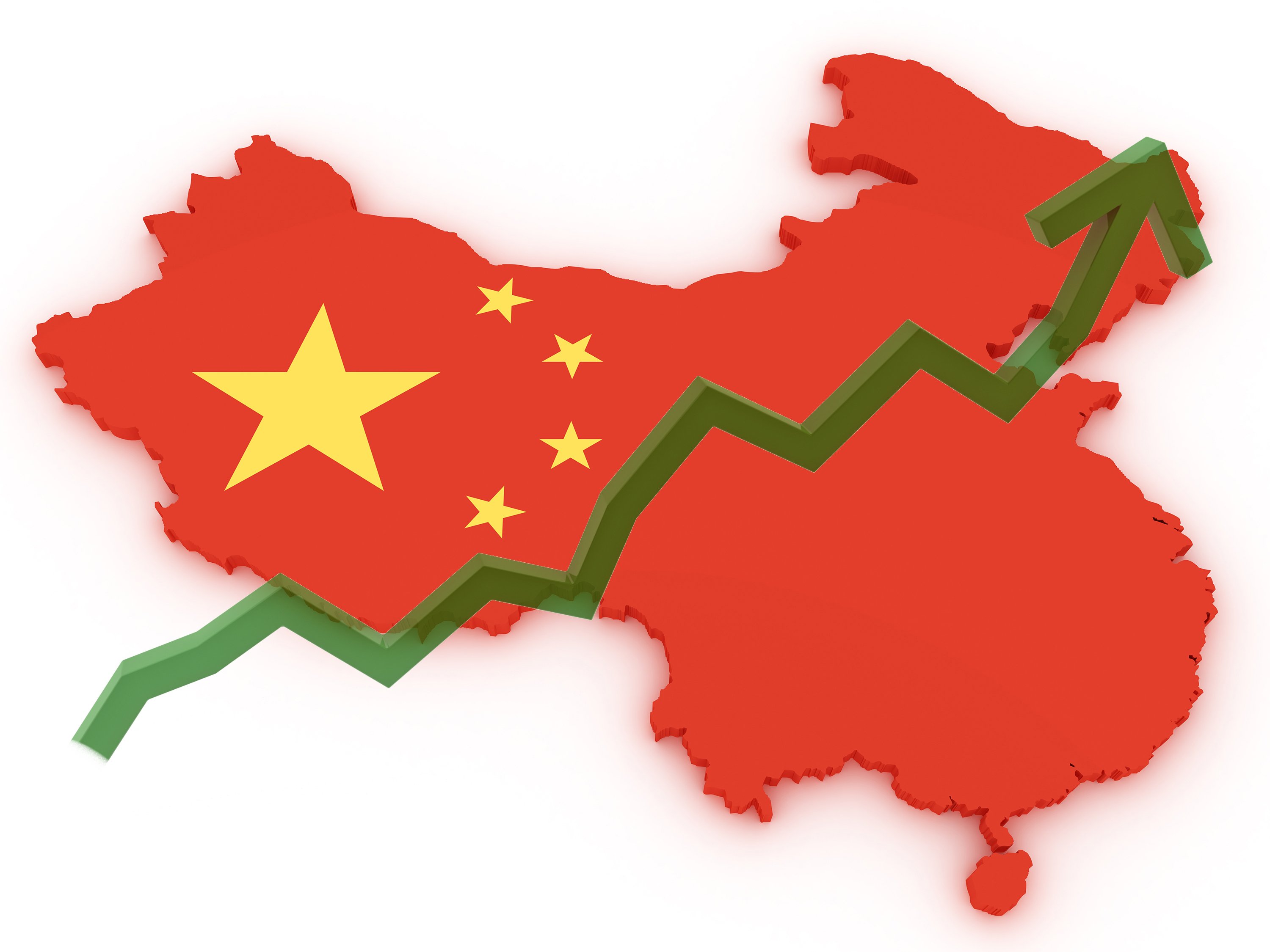Every day, Wall Street analysts upgrade some stocks, downgrade others, and "initiate coverage" on a few more. But do these analysts even know what they're talking about? Today, we're taking one high-profile Wall Street pick and putting it under the microscope...
GLJ Research is not a household name (yet). But in its short lifespan, the new research shop founded by former Vertical Group stock analysts Gordon Johnson and James Bardowski is showing little hesitancy about taking on the big names.
Since going live on Twitter last week, GLJ Research has already initiated coverage on some of the best-known and most controversial stocks on the market, from old-economy U.S. Steel to marijuana grower Tilray to electric car phenomenon Tesla.
Yesterday, GLJ began coverage on two of the best-known plays on electric cars (and solar power, rechargeable batteries, and a host of other new economy technologies): lithium producers Sociedad Quimica y Minera de Chile S.A. (SQM 4.33%) and Albemarle (ALB 2.12%).
Bad news for shareholders: GLJ doesn't like either one. Here's what you need to know.

Image source: Getty Images.
Sell Sociedad Quimica
Let's begin with the lithium name that is more than a mouthful: Chile's Sociedad Quimica y Minera de Chile S.A., or SQM.
GLJ's thesis with regard to SQM can be summed up in three words: "industry-wide headwinds." For the past few years, you see, analysts have debated whether the future for lithium will feature mainly undersupply or oversupply. GLJ falls into the latter camp.
In fact, citing its own "proprietary Li supply/demand model," the analyst forecasts not just oversupply, but "acute oversupply in the industry through the early 2020s." The reason: Based on current forecasts for planned production and expansion, "the top 7 vendors (which have cash costs of <7.5k/t) are anticipated to have enough capacity to satisfy ~90-95% of our estimates for global Li demand in 2025." Add in production from "a plethora of junior vendors" trying to break into the lithium market, and it's easy to see how that last 5% to 10% of lithium demand will be first fulfilled, then oversupplied.
And as money-losing junior miners continue to dump supply on the market in an effort to maintain cash flow, that's likely to depress prices for all companies concerned -- SQM and Albemarle included.
Adding to SQM's misery, the company is expected to exacerbate the above problem with its own "ambitious spending plans that inherently imply a jump in CAPEX," hurting free cash flow in the 2020 to 2021 time frame.
Sell Albemarle, too
Turning next to SQM rival Albemarle, the picture doesn't get any prettier.
Albemarle, explains GLJ, has recently decided to focus its lithium production efforts on the mining of spodumene rock for extraction of the shiny metal. Although a lower-margin business than other methods of obtaining lithium (such as evaporation), the company has a vast supply of rock to mine for the element -- indeed, GLJ expects Albemarle to "mothball much of this mining capacity." And here we come upon another problem.
In the analyst's view, governments around the world are beginning to curtail subsidies for the purchase of electric vehicles, which could in turn lower demand for both EVs and the lithium that goes into making their batteries. The most familiar instance of this is, of course, American car buyers' loss of the full $7,500 tax credit on the purchase of new EVs last year. But there are other instances of government penny-pinching, notably "China's NEV subsidy cuts in late June," which sparked declines in electric vehicle sales in both July and August of this year. (GLJ further notes that "China's NEV subsidies will end entirely after 2020.")
Citing a combination of "sour sentiment from weak EV sales in China + a ~2.4% y/y decline in Albemarle's 1H19 lithium shipments," GLJ predicts that the company will not grow its lithium production volumes as much as other analysts are forecasting this year -- and accordingly, will not earn as much as analysts are predicting. (In other words, Albemarle is heading for an earnings miss.)
What it means to investors
At 21 times earnings and 13 times earnings, respectively, shares of SQM and Albemarle don't look frightfully expensive today. Still, the upshot of all the above is that GLJ is projecting a per-share price of about $18 for SQM by the end of next year -- a 35% decline for the stock -- and a $41 price target for Albemarle -- a 39% drop. And given that SQM's earnings plunged 48% last quarter, and Albemarle's plummeted 49%, the trend certainly doesn't seem to be these stocks' friend right now.
I'd also point out that, if free cash flow is any guide, earnings at both these companies could fall even further -- much like GLJ is projecting. At SQM, S&P Global Market Intelligence data show that cash profits recorded over the last 12 months were a bare $152 million, or less than half its claimed GAAP earnings of $343 million (leaving the company with a much more expensive price-to-free-cash-flow ratio of 48). At Albemarle, the situation is even direr. Despite reporting GAAP profit of $547 million, Albemarle actually burned through $313 million in negative free cash flow over the past year.
For a free-cash-flow-focused investor like myself, that can mean only one thing: Stay away from these stocks.







